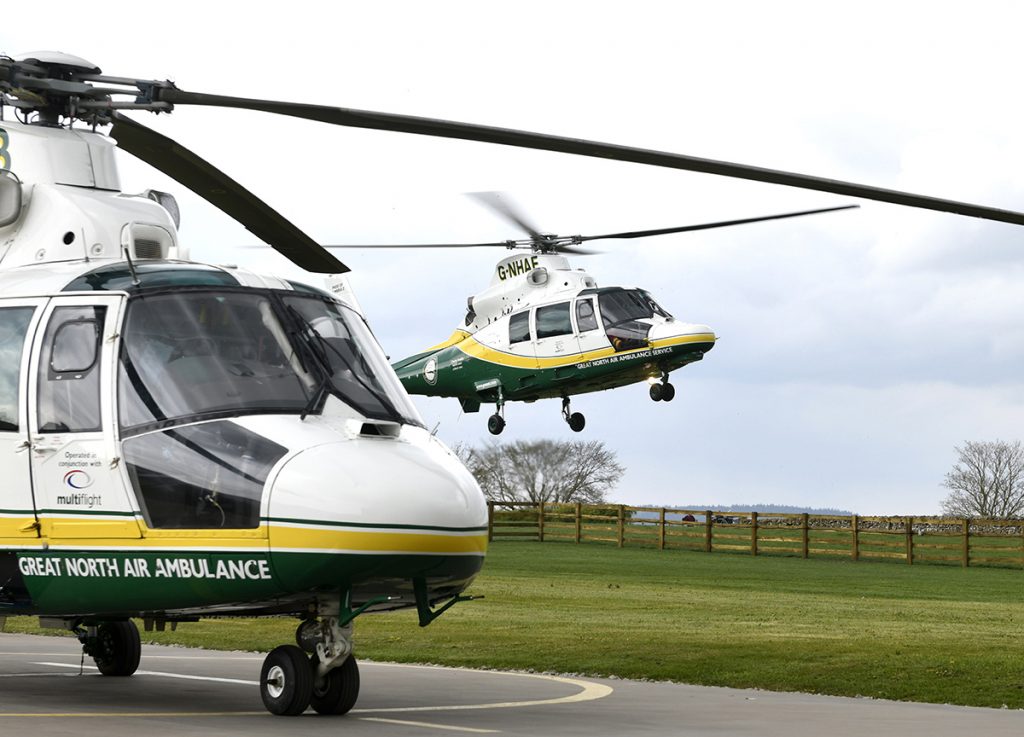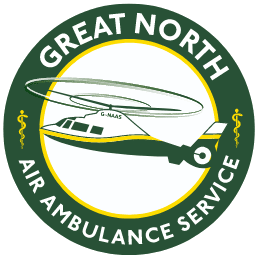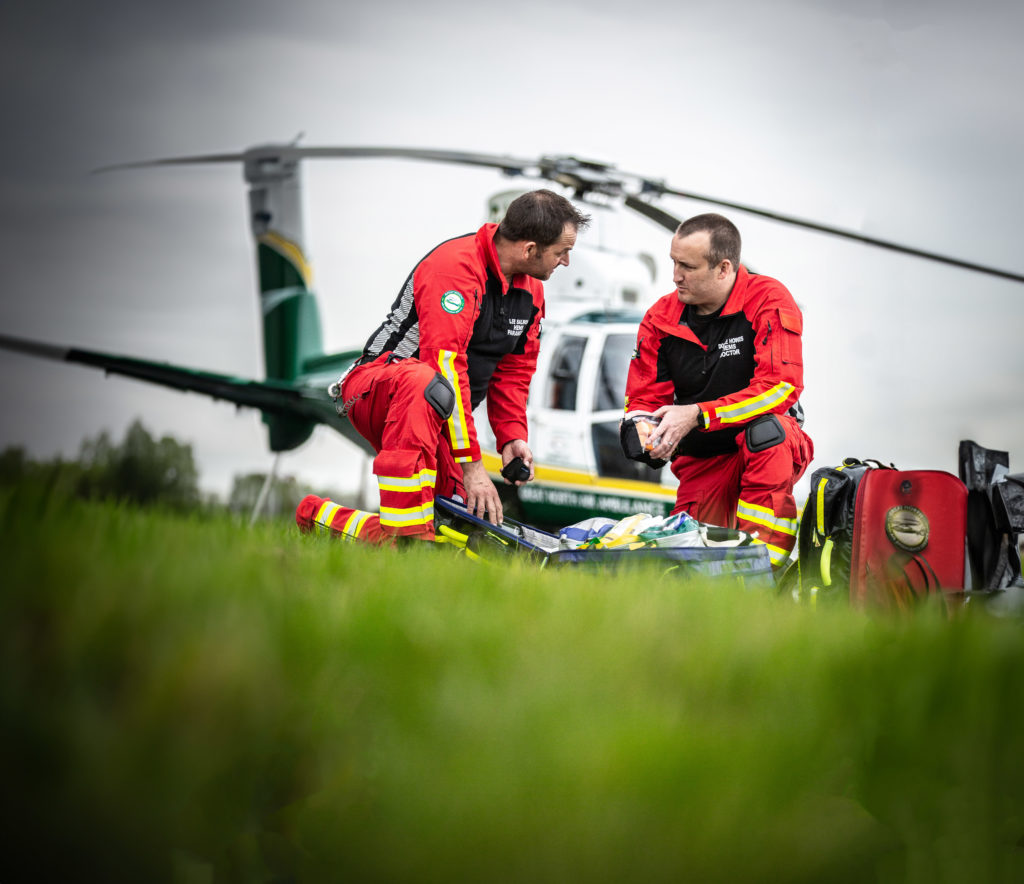The Great North Air Ambulance Service (GNAAS) is warning the public about the dangers of laser attacks after an air ambulance crew member was injured.
On Friday evening, a technical crew member at Yorkshire Air Ambulance became an unfortunate victim of a laser strike. The laser beam managed to hit their eye resulting in a burn on his cornea.
Thankfully he is now on the path to a full recovery, and everyone at GNAAS wishes him well, but unfortunately this incident highlights how these attacks can affect air ambulance teams and their patients.
Our critical care team have previously been targeted by lasers while flying back to their base, and in one instance while transporting a patient to hospital, which nearly led to the team aborting landing.


The incident happened on a Sunday evening, when the helicopter was carrying a critically ill patient to James Cook University Hospital in Middlesbrough. The paramedic and doctor team were battling to save a man’s life when a laser was shone into the aircraft three times as it was on its final descent.
Lasers can cause temporary sight loss which can lead to the pilot losing control of the aircraft and putting themselves, the critical care team and in this case, a patient, at risk.
In response to concerns about laser pens being shone in the direction of aircraft, the Laser Misuse (Vehicles) Act came into force in December 2017, which introduced much tougher penalties for those who shine or direct a laser beam towards a vehicle or air traffic facility.
The worst offenders can now face up to five years in prison, an unlimited fine or both.
Fortunately, our critical care team hasn’t suffered any damage to their eyesight during these attacks, but every time they encounter a laser while flying, the incident is always reported to the police and aviation authorities.
If you ever witness someone using a laser pen recklessly or have any video evidence of it, we urge you to contact the police.




